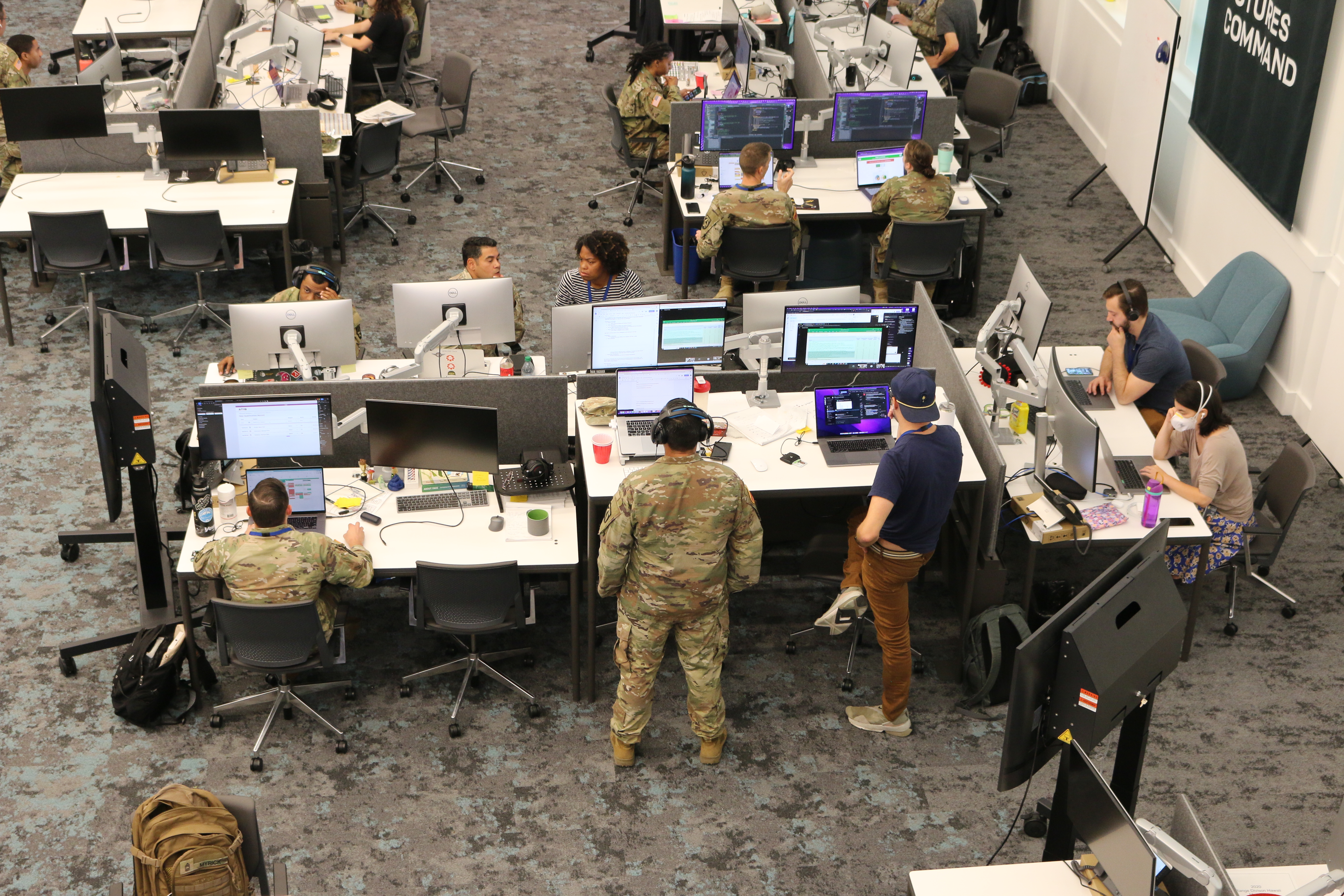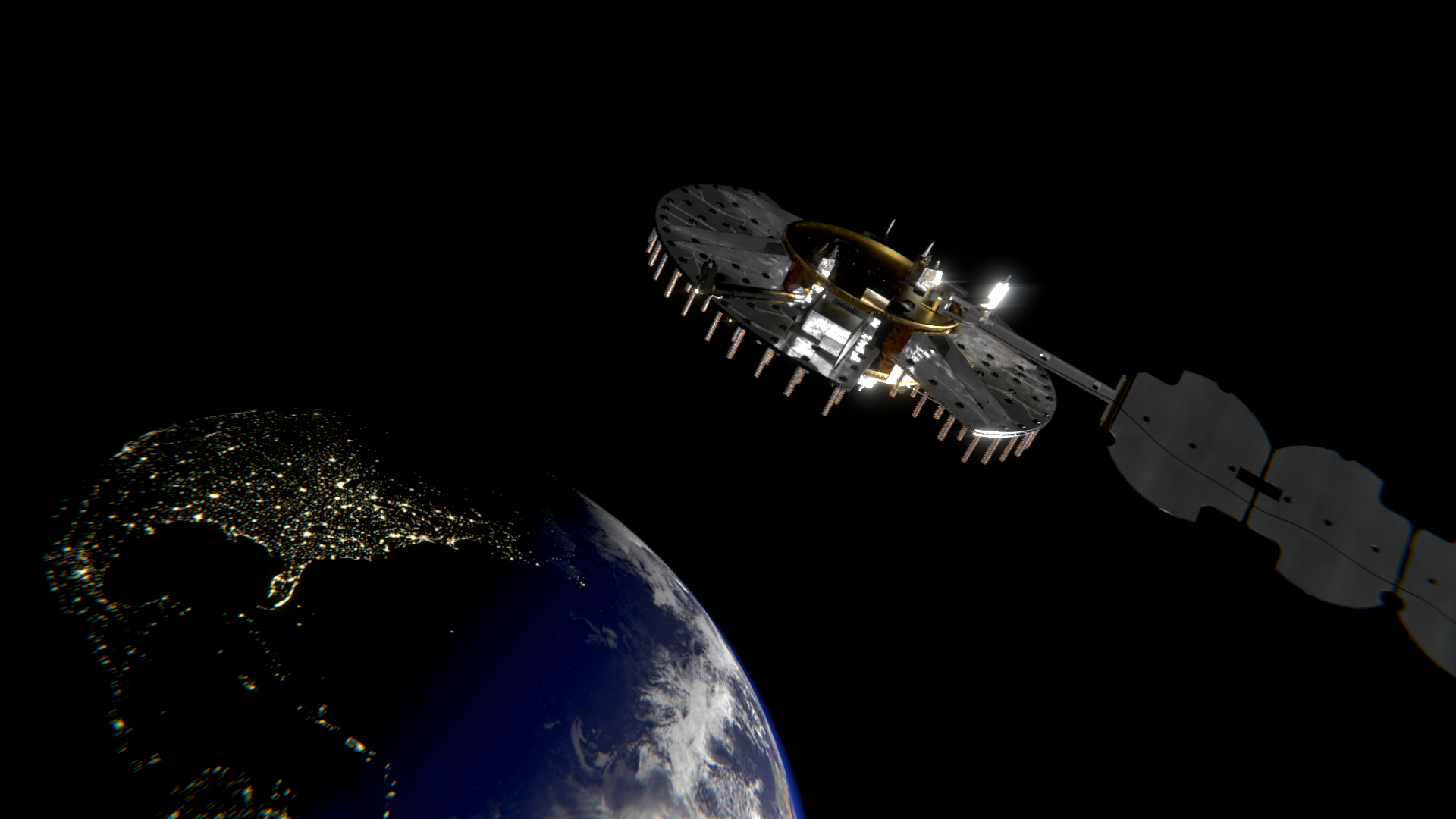
At last Fall’s United States Judo Federation (USJF) Board of Directors Meeting in San Francisco, I saw this dynamic presentation by Pedro Kolychkine, 6th Dan. I’m sharing it as my Judo Blog for this week.
In the 1980s, a group of scientists and researchers, led by PhD and 8th Dan Judo, Sensei Andre Kolychkine, relying on biomechanical sciences, anthropometry, exercise physiology, pedagogical sciences, kinematic studies of movement and their transference, in the teaching and learning process of Judo, creating a methodological project called “The New Didactics of Judo”.
Following are some of the main topics:
Definition of the BASIC ELEMENTS.
(see power point “Definition of the technical & tactical fields of Judo”)
It began with the basic structures in Judo, defining the basic elements of Tashi Waza and Ne Waza, as fundamental elements, the support on which all possible actions in judo are executed.
Definition of the Theory of Guiding and Related Movements in Tashi waza.
. (see power point presentation “The Theory of Guiding & Related Techniques”).
Basically, the similarities between the different Nage Waza techniques were studied, discovering that they could be grouped, in order to simplify their teaching. By teaching the Guiding techniques of each group, they significantly shortened the learning time, always beginning with the Guiding who left traces of transference for other similar or related techniques.
Theory of Guiding and Related Pins
(see power point “The Theory of Guiding & Related Pins”)
See explanation in power point.
Definition of the Technical and Tactical fields of Tashi Waza and Ne waza
(See power point, “Definition of the technical and tactical files of judo”)
The contents were organized and in what place “the technique” and “the tactic” should be located in the pedagogical field of Judo and the elements that compose it. Seeing the technique as the forms of the actions, the tactic as the competitive application of these forms or techniques and strategy as a guide to action.
New approach to the teaching of Kansetsu Waza
(armlocks), (see power point “Method of teaching Kanzetsu Waza”).
On this topic, a new approach to the teaching of Kanzetsu Waza was created, which is traditionally taught through positional situations, finding that numerous positions can appear in Ne Waza, so the student associated each armlock with a specific posture or position. The new didactics approach to arm locks is based on STIMULUS-RESPONSE. So the keys are generated from an opponent’s stretched or stretching arm or bent or bending arm (STIMULUS) and the RESPONSE is the application of an arm lock regardless of the pin or position.
New approach to the Katas.
. (See power point “Judo Katas”).
Normally in Judo the students begin the study of the katas with Nage No Kata, generally required for promotion to Shodan, in The New Didactics, katas were designed from green and blue belts levels using the techniques corresponding to the grade level reached. In this way, students can begin to familiarize themselves with the kata from an early age, but with the techniques they know up to their level, in this way they will reach a brown belt with previous experience of kata, familiar with the judges, the kata formalities etc.
Definition of the Forms or Methodical resources in Judo.
. (you can see them in the triangle of Tokiu Waza).
KATA- conventional study of form. (Static and in movement).
RANDORI- conventional study of the technique or conventional competition. (unilateral randori, randori specific, free randori tashi and ne waza, pre-competitive randori).
Shiai- Judo combat.
Definition of the stages or phases in the life of judo.
(see power point presentation “Stages and phases in the life of Judo”
The components of the training process were defined for each stage or phase of Judo life, assessing the following components:
OBJECTIVES, (instructive and educational),
CONTENTS, (technical and tactical field), as well as support materials such as theoretical aspects.
METHODS: as ways to follow to achieve the objectives.
EVALUATION: the evaluation puts the objectives and contents in interaction, and questions the methods used, giving the possibility of diagnosing and guiding the EVALUATION of the process.
Order and approach to building the Tokui Waza or favorite technique
(see power point “Tokui Waza Technique”).
The teaching and development of the favorite technique was interrelated taking into account the basic elements, the introduction of said technique within the technical and tactical fields, both offensively and defensively, anatomical and biomechanical particularities, physical preparation, as well as the different ” methodical forms”.
Click here to view Powerpoint!
Me with my good friends Hector Estevez and Pedro Kolychkine
It is the mission of A. Kolychkine Judo Foundation Inc. to continue Sensei André Kolychkine’s noble and historic legacy of proudly teaching our children and adults regardless of their age or gender, the wholesome and nuanced principles of Judo as an Olympic sport, as a martial art, a means of self-defense and a way of life while fostering the attributes of discipline, respect, rectitude, courage, loyalty and honor. All benefiting and enriching the present and future of all its students.
A. Kolychkine Judo Foundation Inc. is committed to developing its students’ potential for physical and mental cultivation through the focused study and rigorous practice of the Olympic sport of Judo as well as through the other martial arts it also offers. It intends to provide its students strong bodies and tenacious minds, building great and admirable degrees of dedication and responsibility in them. It looks firmly to help craft young men and women into exemplary citizens, outstanding leaders and esteemed wardens of their communities. Read more about the History of Judo in Cuba.
Updates:
Calendar: February – 2023
25th Saturday – Las Vegas Judo Championships, Henderson, NV
March – 2023
5th Sunday – Taishi’s 13th Anniversary Tournament, Cerritos, CA
18th Saturday & 19th Sunday – Youth National Championships, Lubbock, TX
25th Saturday – Shoshinkan’s Annual Kosen Tournament, Las Vegas, NV
26th Sunday – Shoshinkan’s Shintaro Higashi Clinic, Las Vegas, NV
April – 2023
1st Saturday & 2nd Sunday – High School & Collegiate Nationals, San Jose, CA
2nd Sunday – Mojica Tournament (16 & Under), Baldwin Park, CA
15th Saturday – Couchigian Memorial Tournament, Las Vegas, NV
16th Sunday – Ryoku’s Amarilis Savon Clinic, Las Vegas, NV
22nd Saturday – Arizona State Championships, Tucson, AZ
29th Saturday & 30th Sunday – Golden State Open, Azusa, CA
May – 2023
7th Sunday – CJI State Championships, San Francisco, CA
20th Saturday & 21st Sunday – Senior National Championships, Spokane, WA
June – 2023
4th Sunday – Nanka Spring Tournament, Westminster, CA
16th Friday to 18th Sunday – USA Judo Junior Olympics, Shreveport, LA
24th Saturday – Sensei Gary’s Birthday Scrimmage, Claremont, CA
25th Sunday – U.S. Adaptive Judo Championships, Riverside, CA
July – 2023
1st Saturday – Special Event No Classes, Claremont, CA
7th Friday to 9th Sunday – USJF & USJA Summer Nationals, New York, NY
16th Sunday – CA State Games, San Diego, CA
August – 2023
6th Sunday – Nikkei Games Budo Tournament, Cypress, CA
September – 2023
24th Sunday – Nanka Fall Tournament, Westminster, CA
October & November – 2023
1st Sunday – Capitol Open Judo Championships, Sacramento, CA
22nd Sunday – Fresno Invitational Tournament, Fresno, CA
29th Sunday – Fight for the Cure Women’s Tournament & Clinic, Riverside, CA
31st Tuesday to 3rd Friday – IJF World Veterans Championships, Abu Dhabi, UAE
5th Sunday – Nanka Team Tournament, Westminster, CA
19th Sunday – National Presidents Cup Championships, Irving, TX
December – 2023
8th Friday to 10th Sunday – Grassroots Judo Winter Nationals & Clinics, Azusa, CA
I’m always looking for new subjects to write about regarding judo as well as contributions from my readers. Please send them to gary@garygoltz.com, thanks.
Judo blog, Judoka, Judo news, Judo
Black Belt Magazine
[crypto-donation-box type=”tabular” show-coin=”all”]





